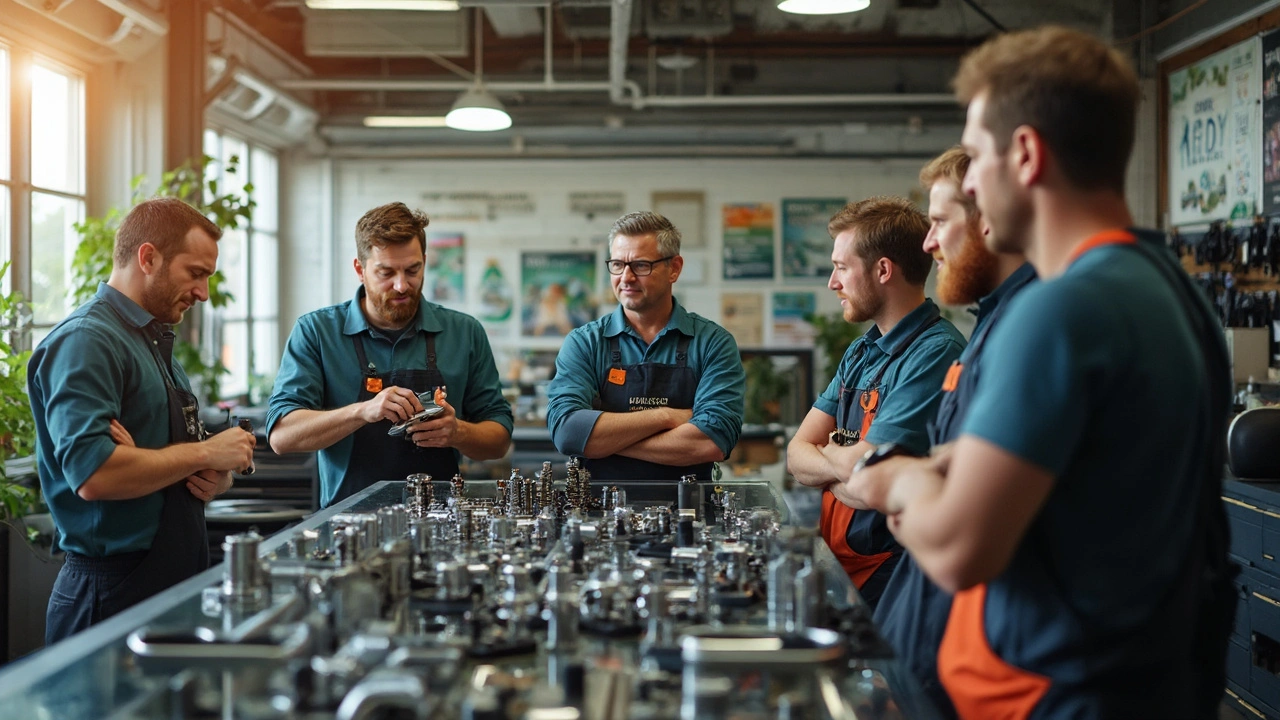Eco-Friendly Car Parts: A Smart Move for Sustainable Cars
Why stick to the old way of fixing cars when you can do your part for the planet and your wallet? Right now, eco-friendly car parts aren't some distant dream—they're out there, making a real difference. The buzz isn’t just hype; real drivers are already switching out everything from bumpers to brake pads with parts made from things like recycled steel, old plastics, and even used tires. It's not just good for your conscience—these choices usually cut back on manufacturing pollution and reduce the junk piling up in landfills.
So, what does ‘eco-friendly’ really mean for car parts? We’re talking about products made with less energy and fewer raw materials. Some brands build parts from post-consumer plastics. Others use aluminum that’s been melted down from cans or scrap. Even biodegradable materials are popping up in newer cars—think plant-based seat foam or carpets from recycled fabrics. This isn’t just window dressing; these things hold up on the road and keep your car running as well as (or better than) the old stuff.
If you’re wondering where to start, focus on high-turnover parts: filters, tires, even routine replacements like brake pads. Manufacturers like Bosch, Denso, and Monroe now sell eco-friendly versions with clear labeling. For recycled or remanufactured options, check out local auto supply shops or bigger online platforms that sort by green criteria. Watch for third-party certifications—these show the part was actually made with sustainability in mind, not just slapped with a buzzword.
The best part? Going green doesn’t always cost more. Swapping your old lead-acid battery for an AGM or lithium-ion one can last longer and work better, costing you less in the long run. Some green parts—like low-rolling-resistance tires—actually save you fuel, so you spend less at the pump on top of cutting down on emissions. It sounds small, but these changes add up fast if more folks switch over.
Not everything is perfect—some sustainable parts are still catching up on durability, and availability can be spotty if you’re after something brand-specific. But tech and supply chains are catching up. If you drive a common model, you’re in luck: odds are good there’s already an eco-friendly or rebuilt part out there for your next fix.
Getting started is simple. Look up the part you need on trusted sites, filter by ‘eco-friendly’ or ‘remanufactured,’ and check user reviews to see how the part holds up. Don’t forget—every time you choose a greener part, you’re voting for a cleaner auto industry. That’s a real difference you can feel, even on your daily commute.

Eco-Friendly Car Parts: Sustainable Auto Parts and Green Mobility Solutions
- 10 Comments
- Apr, 20 2025
Discover how replacing traditional vehicle components with eco-friendly car parts is revolutionizing sustainable mobility. This article unpacks how recycled materials, biodegradable innovations, and smart manufacturing are pushing the auto industry toward a cleaner future. Dive into details about what's actually possible in today's market, where to look for green parts, and how choosing sustainable car parts can impact your wallet and the environment. Plenty of actionable tips you can use, even if you're just getting started. Read on for a real-world look at the future of automotive sustainability.




